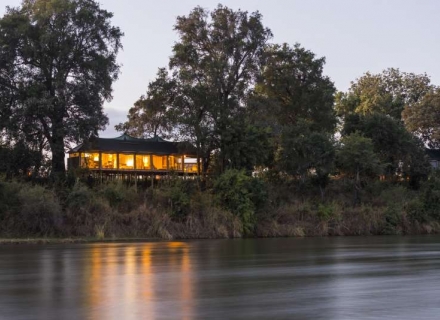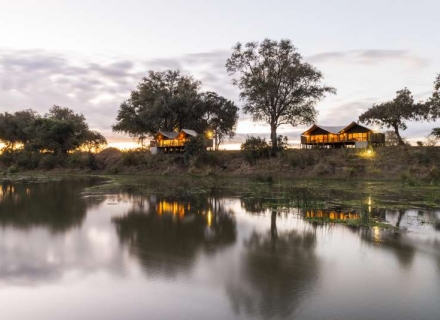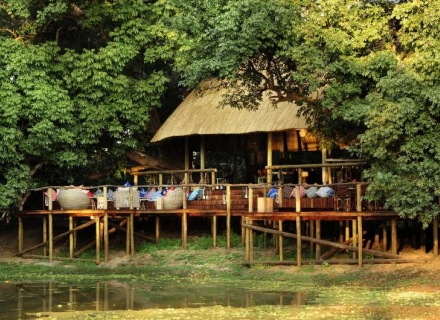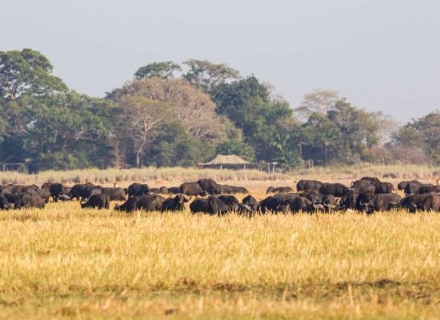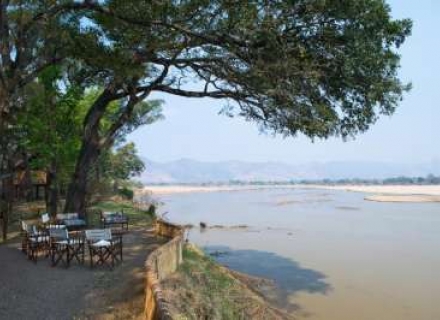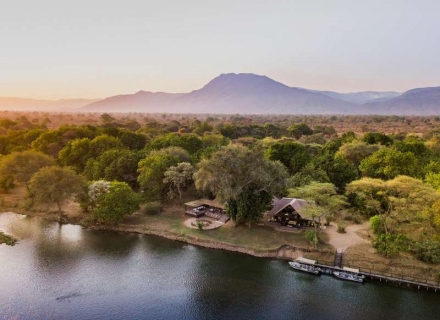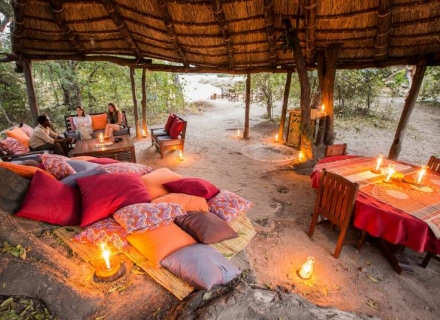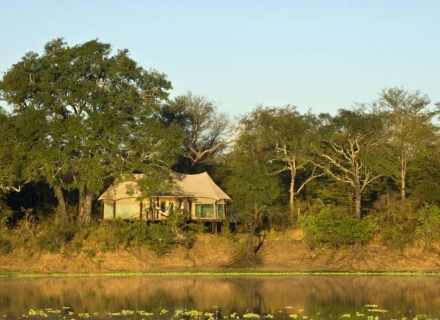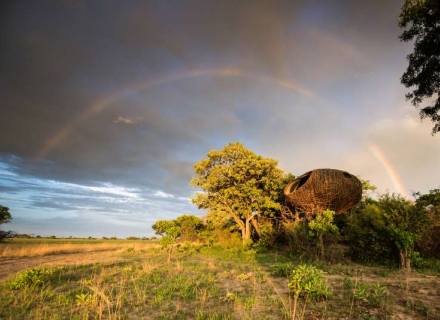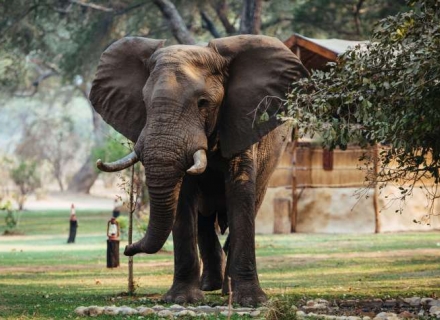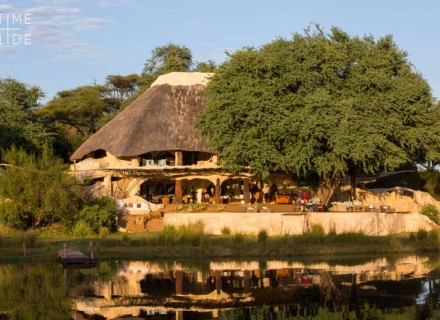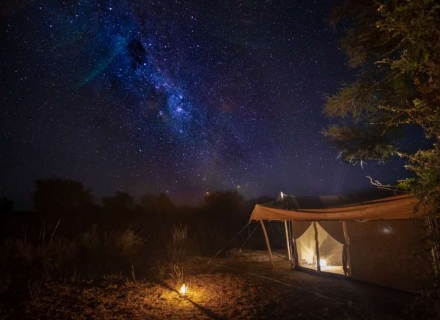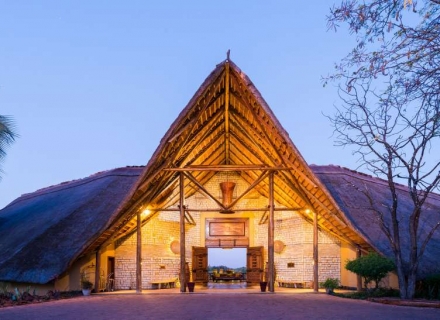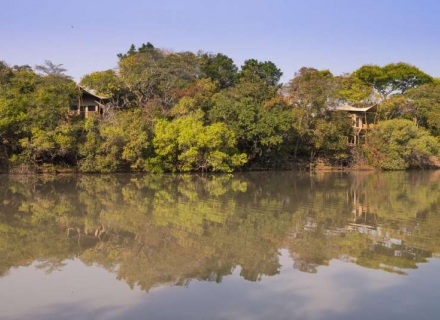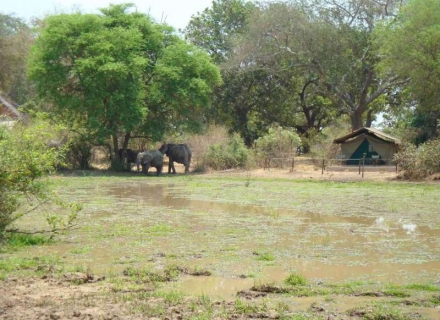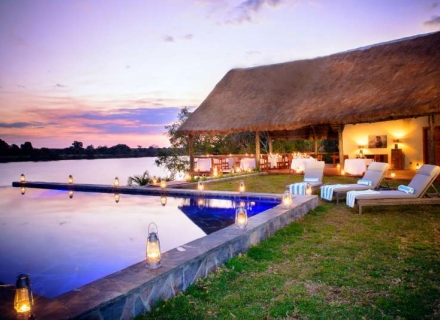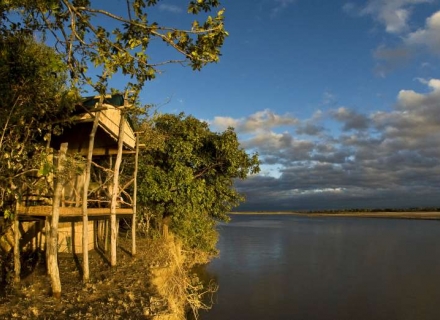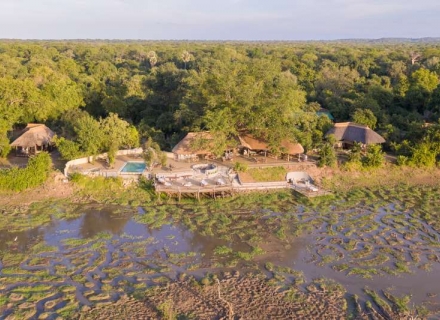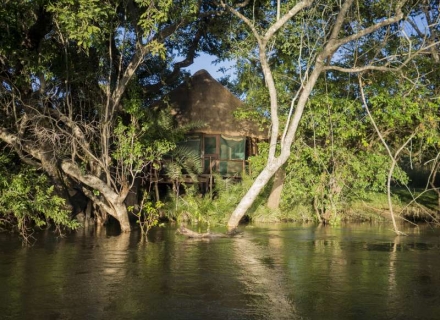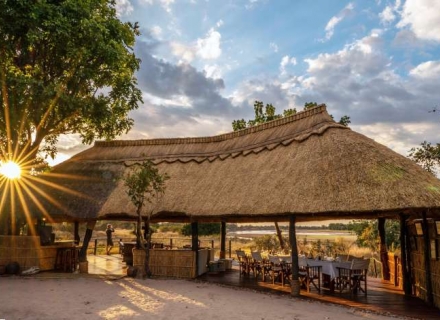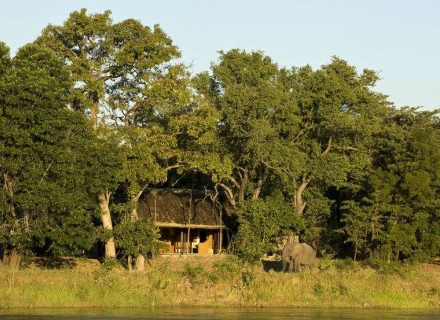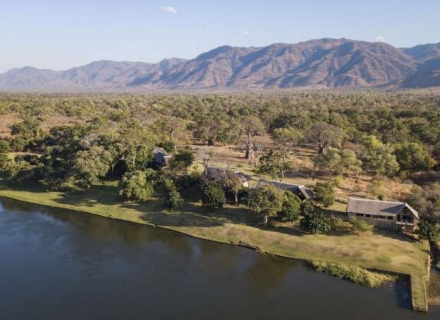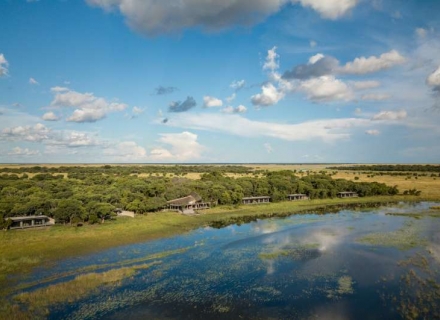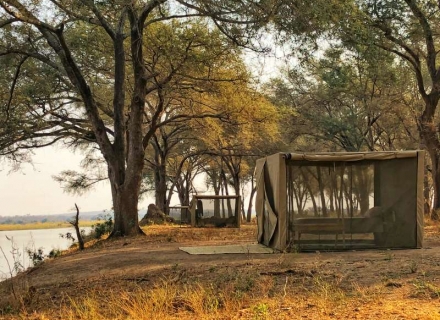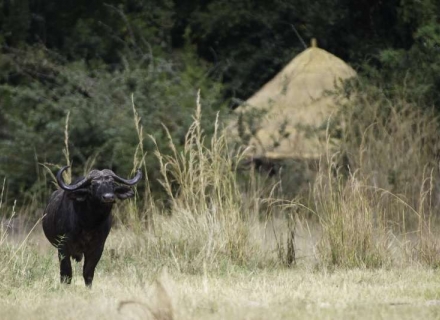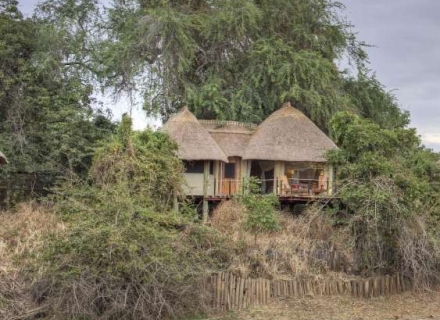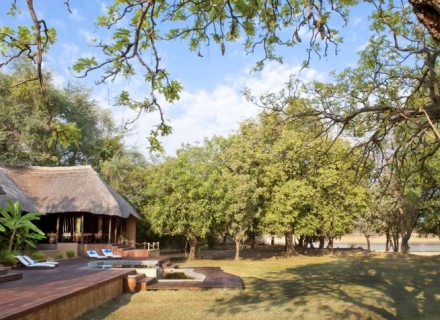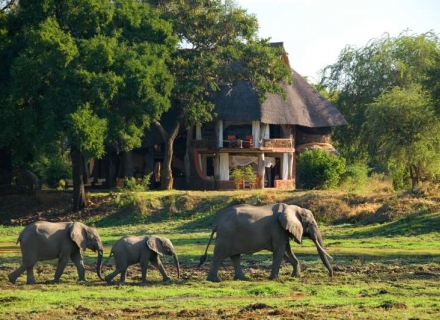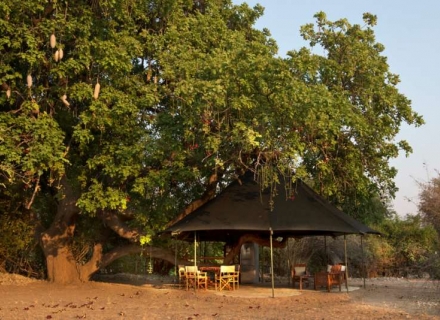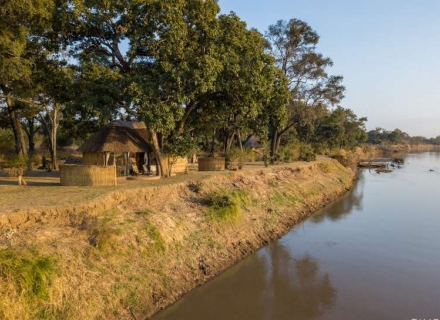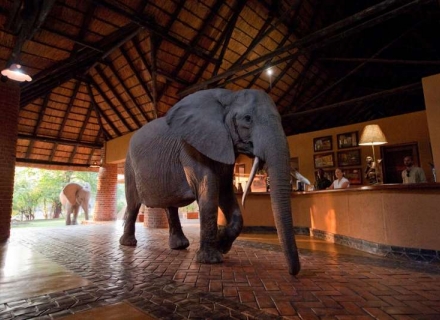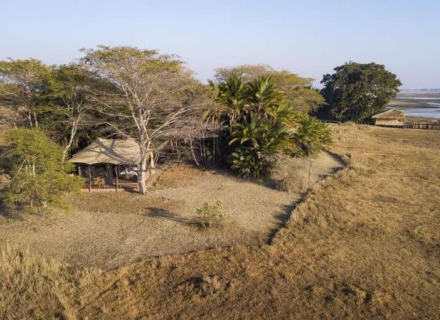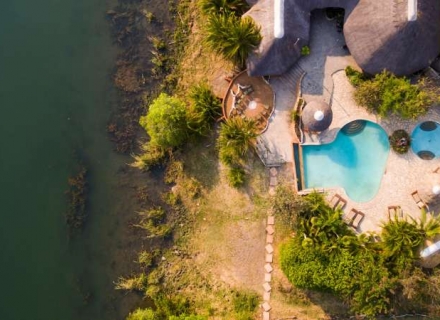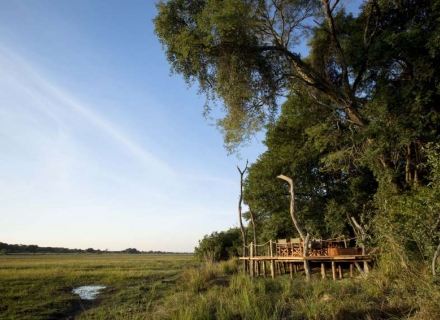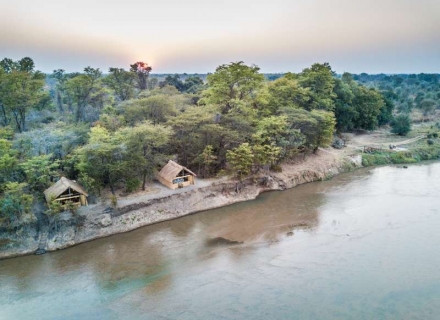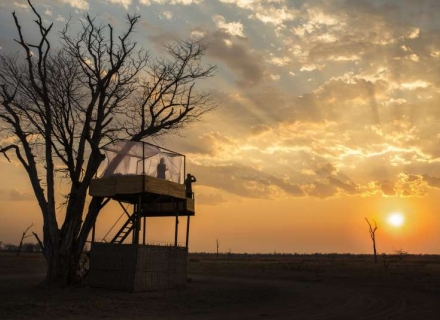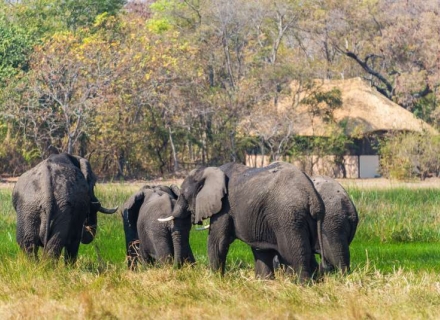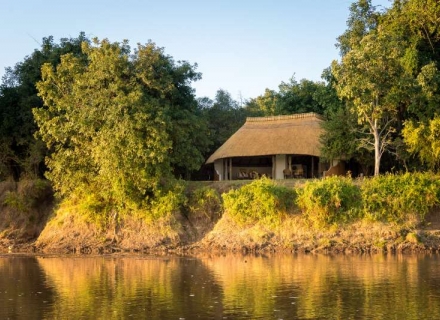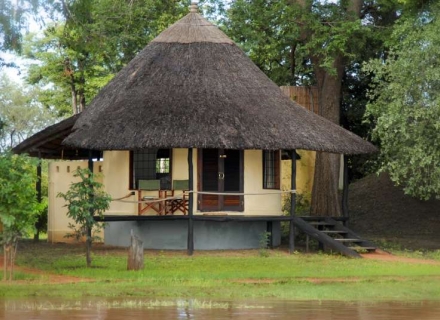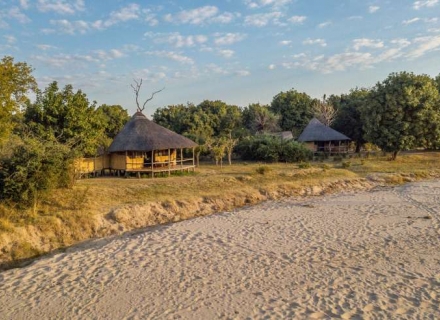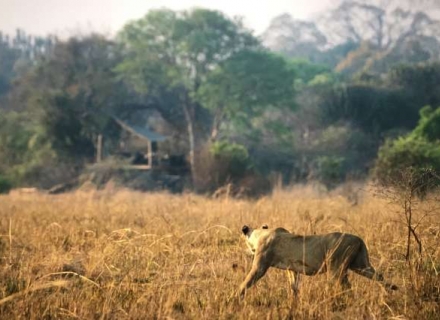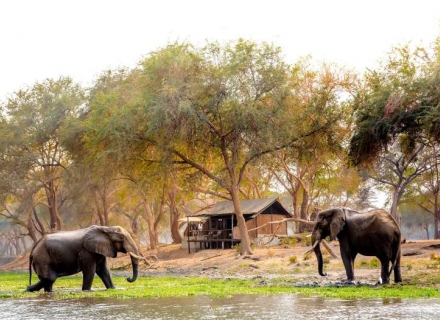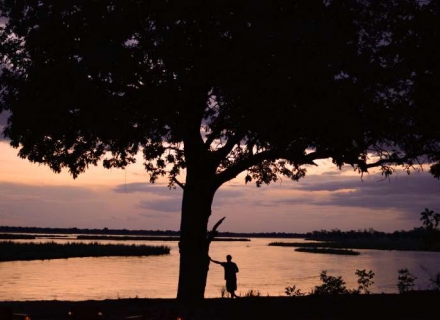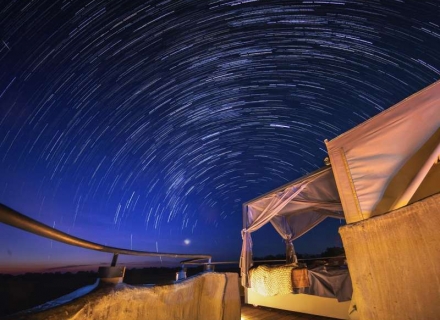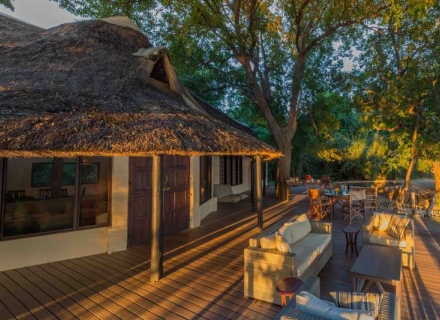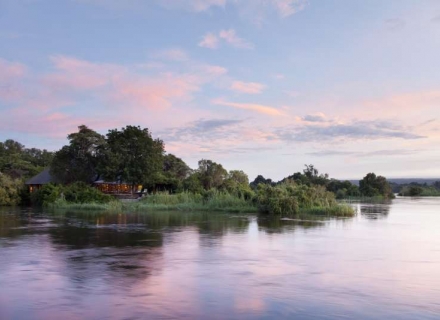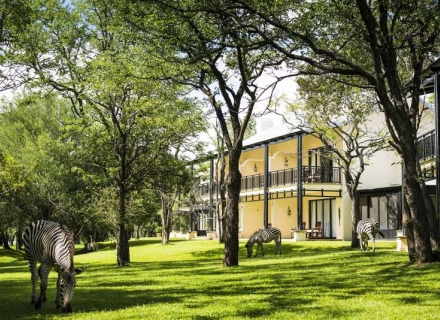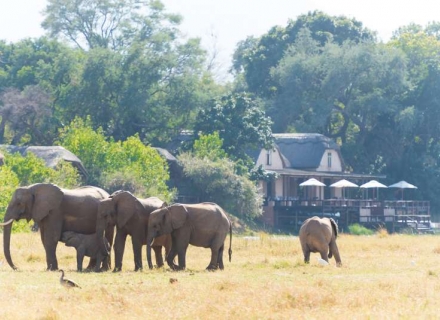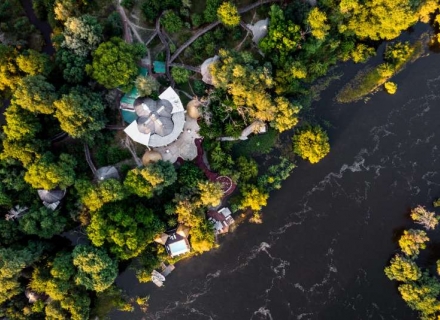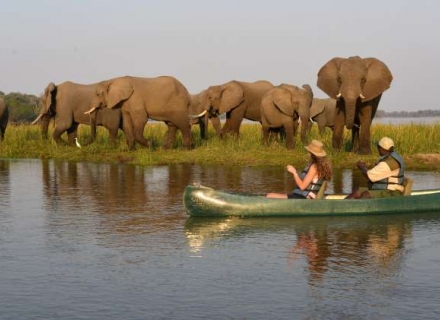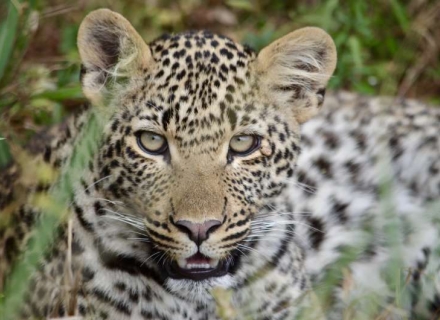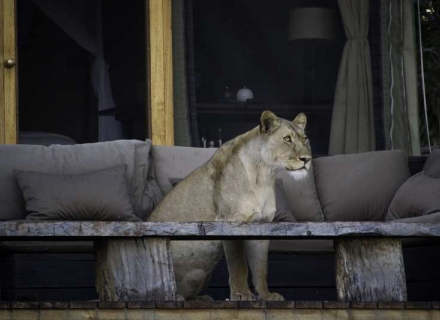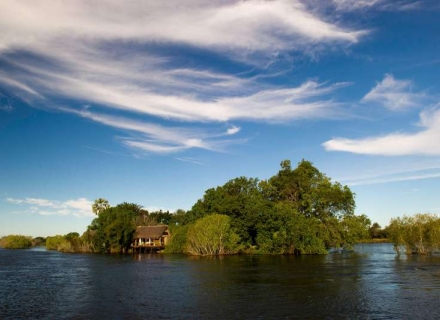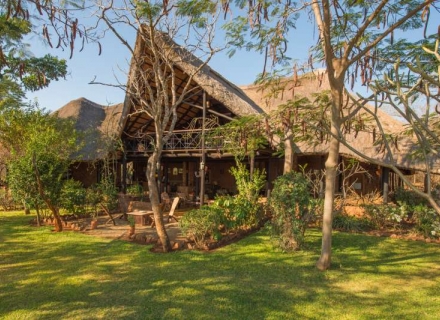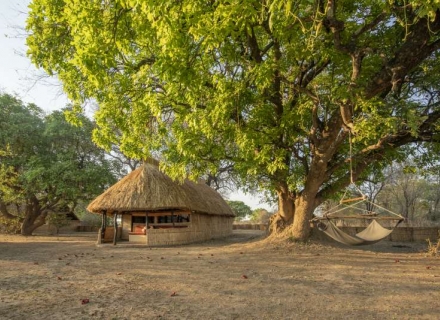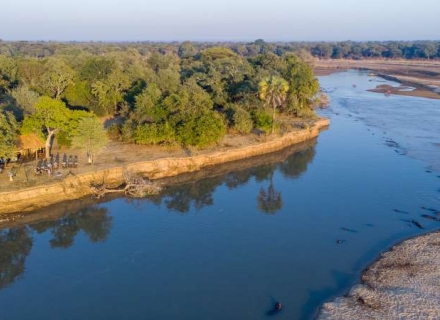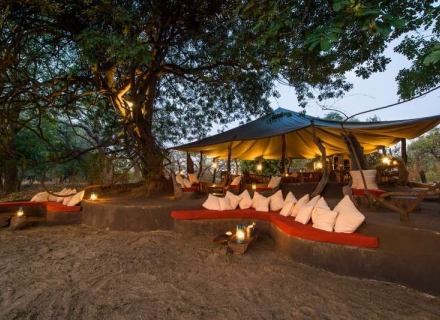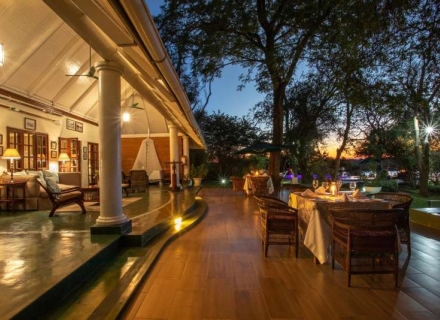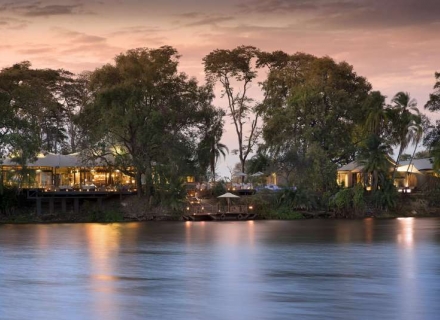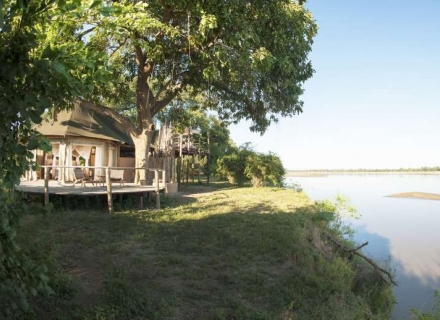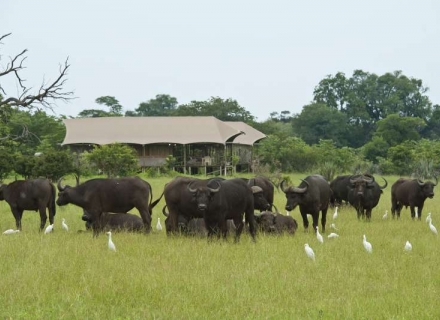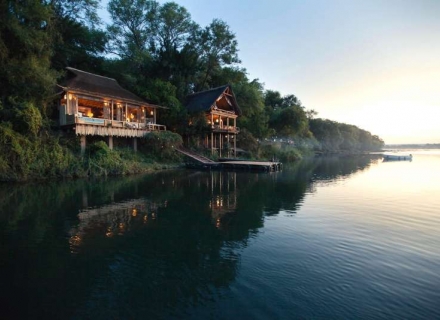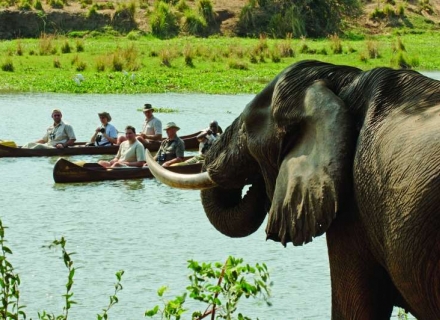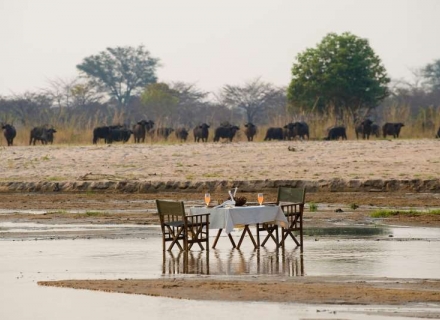LUAMBE CAMP – LUAMBE NATIONAL PARK
Luambe Camp is set in the Luambe National Park close to the South Luangwa National Park and has just 5 tents overlooking the Luangwa River. Luambe Camp is the only camp in the Luambe National Park, and you have the option to get involved in conservation research during your stay through the Luambe Conservation Project.
Help the LC Project team with their mammal census on your game drives or track and monitor large carnivore movements across the park. Listen to underwater hippo communication, learn the basics of anti-poaching or take escorted walks in the park setting up the Luambe camera traps.
Enjoy an exclusive safari where you can really get involved whilst staying at a comfortable tented camp – we recommend visiting both the South Luangwa National Park and Luambe to really appreciate the contrast.
LOCATION
Luambe National Park is located on the eastern bank of the Luangwa River halfway between South and North Luangwa National Park. Daily flights are available from Lusaka to Mfuwe International Airport where you will be met and transferred to camp which is around 3 hours’ drive.
CAMP
The camp has just 5 large and comfortable ensuite tents overlooking the Luangwa River.
Tents have ensuite bathrooms with hot showers, comfortable beds swathed in mosquito netting beds and rooms cooled by the breeze or in hotter weather – fans.
The main area has a lounge with comfortable sofas, grass mats and a dining area/bar. There are chairs along the banks of the river and dinner is often served under the stars.
The camp is run on solar power and the rooms have plug points to charge your electrical appliances. There is no WIFI or mobile reception in camp.
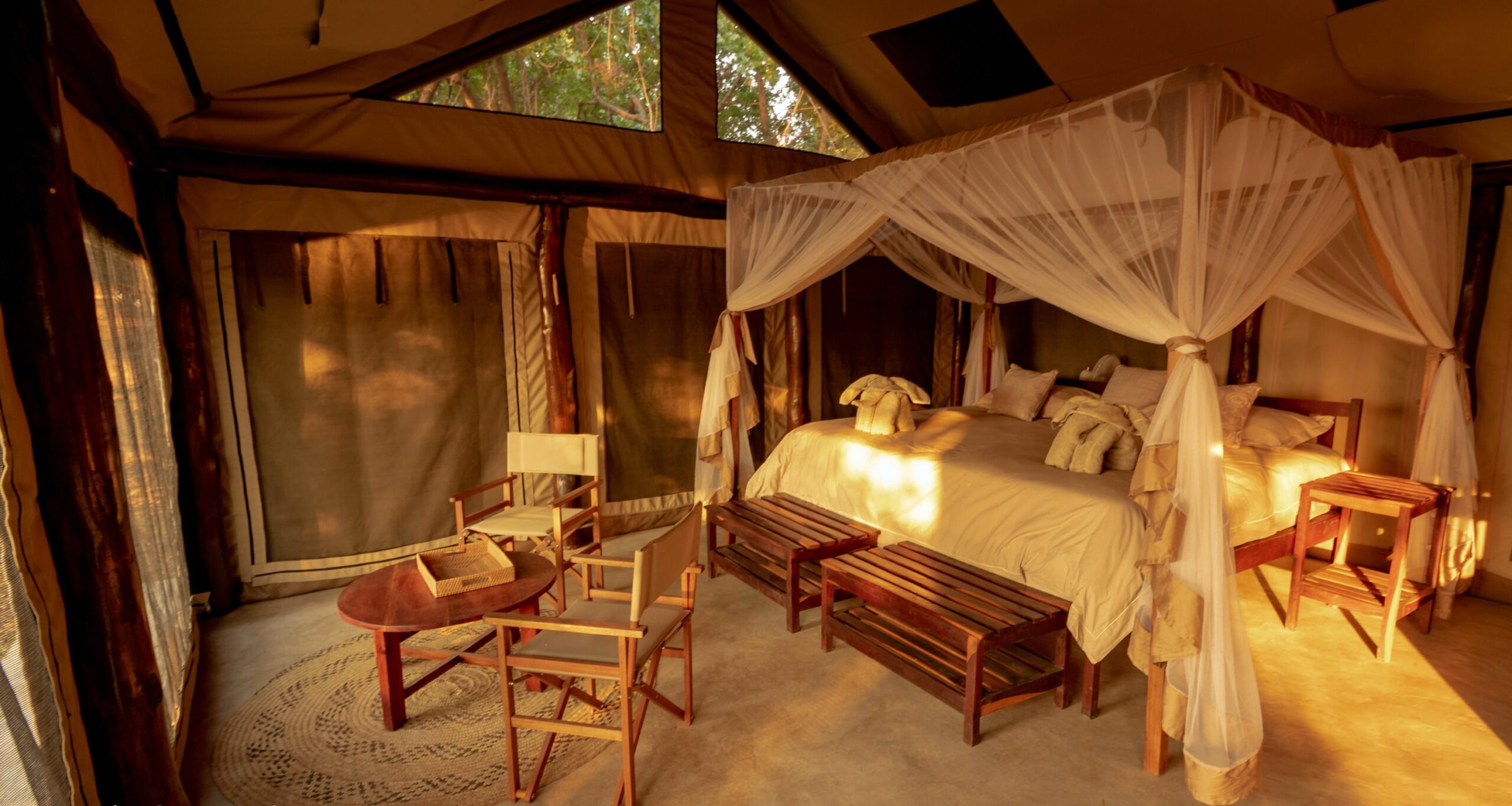
ACTIVITIES AND WILDLIFE
Luambe National Park is located on the eastern bank of the Luangwa River, halfway between South and North Luangwa National Park. It is one of the oldest protected areas in Zambia and was first given national park status in 1938. Because of its remote location on the eastern bank of the Luangwa river the park has remained essentially unchanged – largely because it’s off the beaten track, a secluded, tranquil place not covered by the usual tourist routes.
Your activities with Luambe Conservation Project can be tailored to your interest. If you would prefer a more traditional safari the camp offers the more traditional programme but you are encouraged to get involved in the conservation work the project does.
Monitor sightings on the game drives and walks – this is the traditional game drive and guided walk with a difference – record sightings of large mammals during your drives and the different bird species on the walks. These records form the backbone of data to confirm the populations are continuing to recover. Sightings can be recorded manually with pen, paper and map or virtually through our game monitoring app.
You can contribute to ZCP’s large carnivore monitoring project by observing Luambe’s lion prides and wild dog packs by taking facial close-ups of lions for the data base. Each individual lion is identifiable from the unique lion whisker spots found on each side of the face. Other characteristics such as ear tears, facial shapes and scars are also useful. The African wild dogs’ coat patterns are similarly unique to each individual and can be used to identify individuals. Side view pictures of wild dogs are most welcome.
Sunsets and Hippo communication – Luambe Camp is situated on the banks of the Luangwa river. In front of camp the Luangwa forms a large pool which is home to hundreds of hippo whose numbers increase throughout the dry season. Luambe’s unique underwater monitoring equipment – in combination with the floating hippo deck – gives guests the chance to listen through earphones to the amazing underwater language of hippos.
Observing the leopards of Luambe – the Luambe Leopard programme uses game drive sightings and camera trap images to build up the ‘Luambe leopard family tree’ by identifying various individuals. Help the team by photographing leopard faces or installing and setting up camera traps throughout the park to build the leopard family tree.
Gentle giants on the increase – Luambe’s giraffes – giraffes are increasingly becoming recognized as a species of conservation concern. After many years of absence, the Luangwa-endemic Thornicroft’s giraffe re-appeared in Luambe in 2014 when two odd bulls were found close to camp. In the years to follow, more giraffe turned up and a small population established and began to breed. Apart from South Luangwa National Park, Luambe is the only protected area with a reproducing population of Thornicroft’s giraffe. Similar to leopards, the giraffe coat pattern shows a high degree of individual variation and can be used as a cost‐effective, non‐invasive way to study populations. Help the team with your pictures of giraffes to increase the giraffe data base.
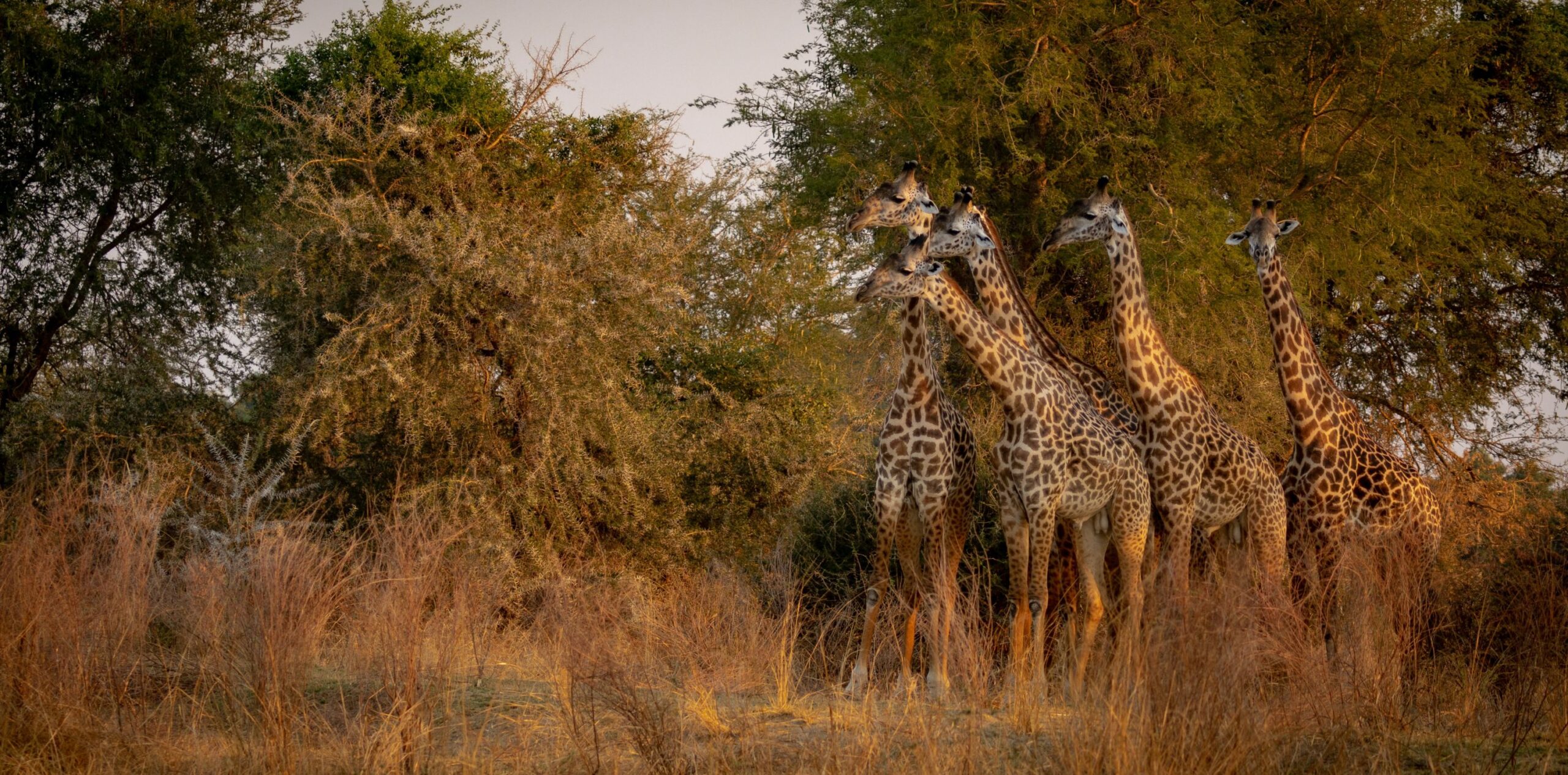
Bird tagging and identification – Luambe is home to four vulture species which are all decreasing dramatically. Join the Luambe Conservation Project researchers with their work in understanding and protecting the Luangwa Valley’s vulture and crested crane populations. When possible you can join the LCP team and attend tagging exercises and other scientific research activities.
For the avid birdwatcher – abundant species of bird are regularly seen in Luambe: these include raptors such as the martial eagle, tawny eagle and African fish eagles. The guided birding walks of the area around Luambe Camp can be spectacular with specials such as African skimmer, racket-tailed roller, Pel’s fishing owl, white-backed night-heron and Lilian’s lovebirds. Seasonal movements of the before mentioned species may mean these birds are not around when you visit.
Recording Luambe bat data and species – although representing more than 20% of all mammal species bats are rarely noticed on traditional safaris. More than 60 species of bats and about 10 species of fruit bats are known to occur in Zambia. After dinner the camp uses specialist technology which allows you to walk around camp to listen and record the various bat sounds around Luambe which is used to expand a specialist Luambe bat list.
Understand the community dynamics – Luambe has various communities that border the park and works closely Chitungulu and the camp welcomes guests to understand the challenges these communities face when living next to wildlife areas. You are welcomed to see elephant proof maize storage, assist with beehive fencing and chilli planting which reduce human – wildlife conflict. Additionally, the camp supports work in the education sector focusing on stressing the importance of protecting wildlife to the next generation. The camp encourages locals to produce basketry and wood carvings through the Chitungulu Foundation.
Carmine conservation and coffee – for only a few weeks a year between September and end of October Luambe is splashed with colour – carmine bee-eaters. Large flocks of these migratory birds dig their burrows and lay their eggs in the vertical Luangwa riverbanks, offering guests the rare opportunity to savour a cup of ‘Carmine Coffee’ during their breeding season.
Carmine bee-eaters are often the target of feather poachers. Regular monitoring of Luambe´s breeding colonies, keeping accurate nest and population counts is vital to know that they are being protected. Luambe Conservation Project records nest sites and numbers annually to ensure the populations are thriving.
See law-enforcement at work – proper and regular law enforcement is the decisive factor to ensure long-term survival of Luambe National Park. Join our scouts on an educational anti-snaring patrol where they teach you to look for the tell-tale signs of incursions, tracks and poachers.
LUAMBE CAMP IS CLOSED FROM NOVEMBER THROUGH TO MAY EVERY YEAR
THE CAMP WELCOME FAMILIES WITH CHILDREN AGED 7 YEARS AND OLDER
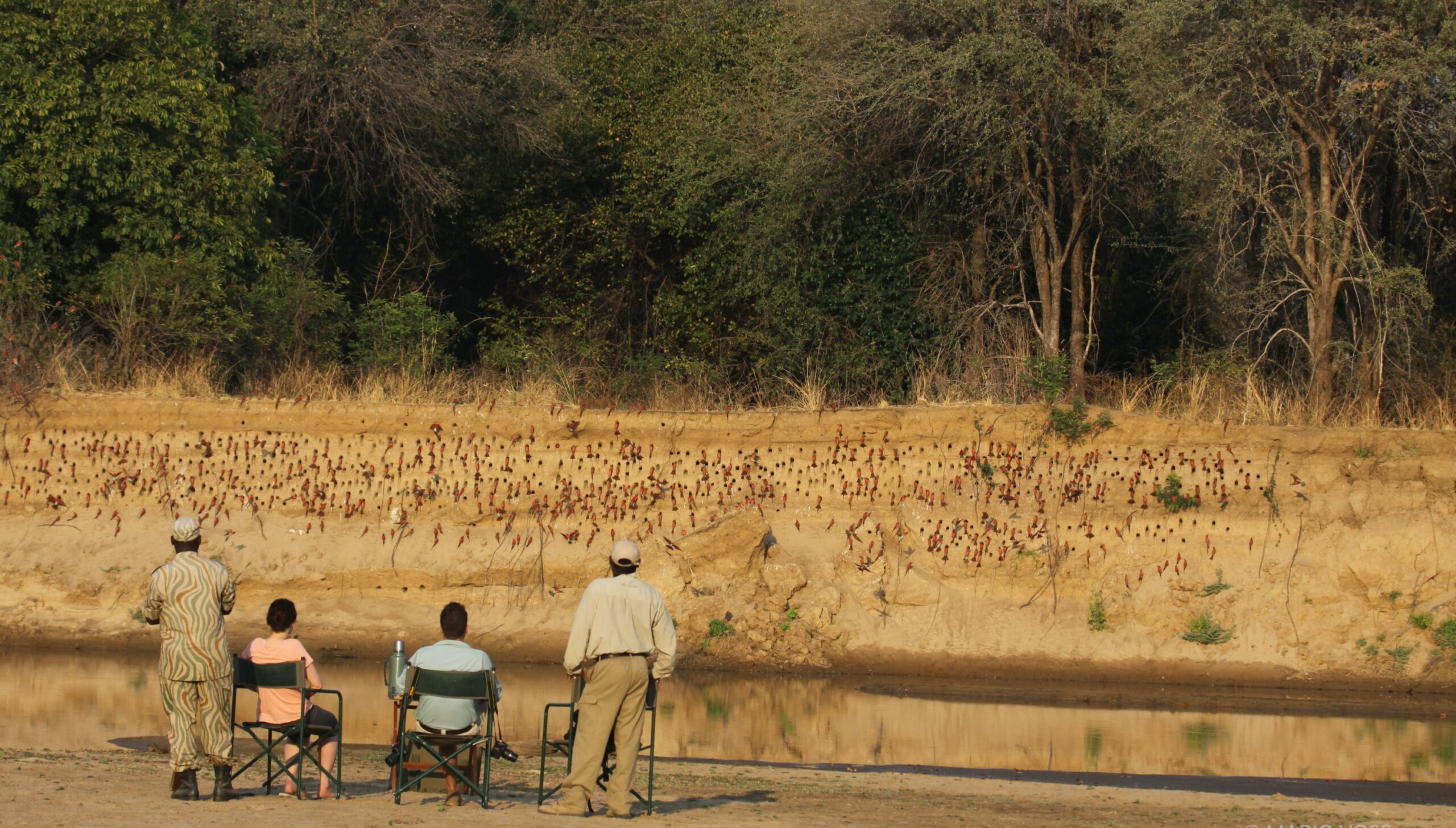
Call +44 1386 830264 or Email sue@trackssafaris.co.uk
Our expert staff are on-hand, happy to assist with any enquiry you have.

